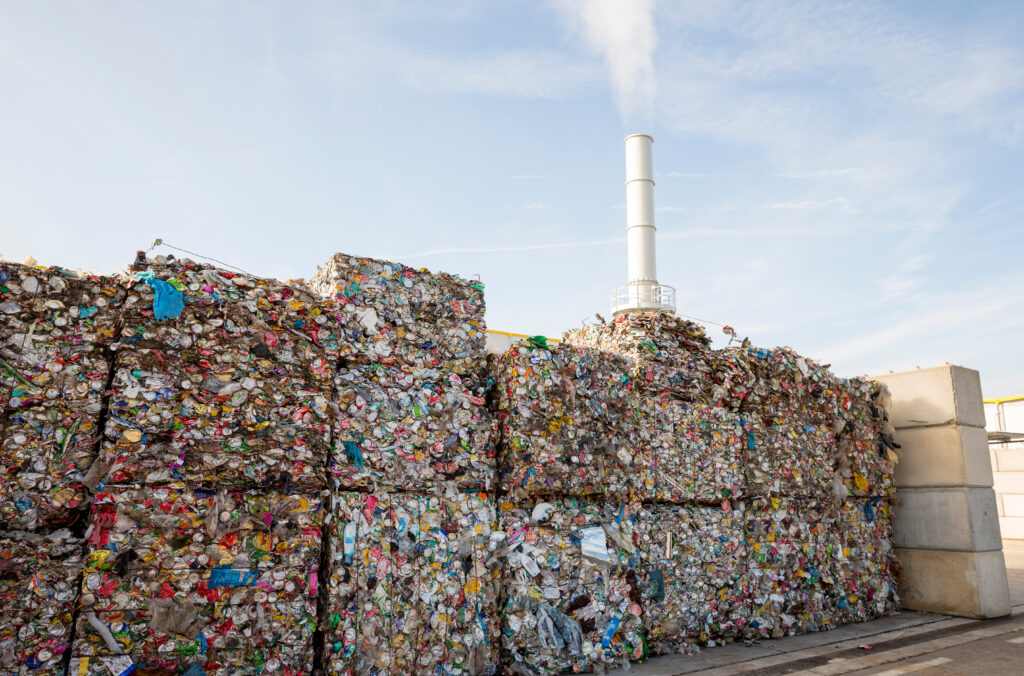The Circularity Gap Report 2025 has found that global material consumption is “outpacing” population growth and generating more waste than recycling systems can handle. The report has said this underscores the need for global circular economy targets, system-level transformation and multilateral collaboration.
The report analyses how materials flowing into, accumulating and flowing out of the global economy are contributing or hindering a circular economy.
Leveraging 11 circularity indicators, the analysis helps pinpoint how various levers (e.g., agricultural sustainability and infrastructure development) can be pulled to boost circularity, highlighting a vast wellspring of untapped potential.
Together with the CGR 2025, Circle Economy has launched the CGR Dashboard – a database unlocking data points collected since the annual report’s inception, with the aim of democratising circularity data to enable policymakers, business leaders and changemakers worldwide to make informed decisions.
While the use of recycled materials increased by 200 million tonnes from 2018 to 2021, overall material consumption rose much faster, offsetting these improvements. The report has called for the reduction of reliance on virgin materials by prioritising recycled content, enhancing resource efficiency throughout operations and value chains, and designing products for longevity through durable design, repairability and modularity.
The report has also called for measures that reduce overall material consumption alongside boosting recycling efforts. It said these findings represent an opportunity for business leaders across sectors to improve recycling systems and minimise waste generation through circular design principles, invest in infrastructure and technologies to improve waste collection, and explore high-value applications for waste.
Moreover, most recycled materials come from industrial and demolition waste, while household waste plays a minor role. Just 3.8% of all recycled materials originate from everyday items individual consumers use and discard.
Ivonne Bojoh, CEO of Circle Economy, said: ‘’Our analysis is clear: even in the ideal world, we cannot solve the triple planetary crisis by mere recycling. The much-needed systemic change requires fundamental change. This means unlocking circular potential in stocks like buildings and infrastructure, managing biomass sustainably and stopping sending perfectly renewable materials to landfills. This change doesn’t happen outside ourselves. We all need to make different choices, be bold, and invest to implement circular solutions across value chains.”
The future
The report has called for the establishment of global circular economy targets to lower material use and energy demand alongside increasing recycling rates, by promoting circular design principles, optimising the lifetime of existing products and components, and ensuring the use of recycled materials becomes the norm for businesses in all industries and regions.
David Rakowski, partner, Deloitte UK, global leader for Circularity, said: “Business leaders who look beyond compliance to proactively embrace a circularity mindset can help their organisations unlock new value and market opportunities, reduce costs and build long-term supply chain resilience.”









Subscribe for free